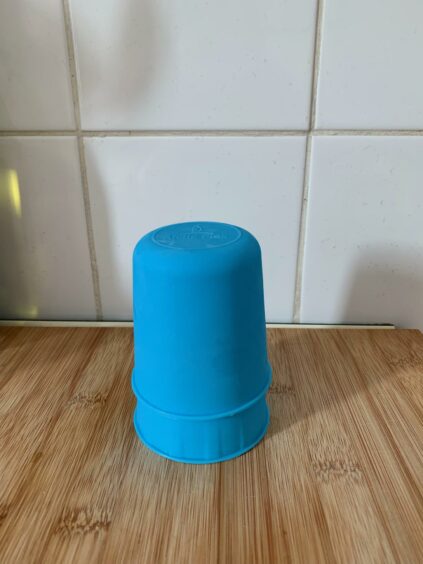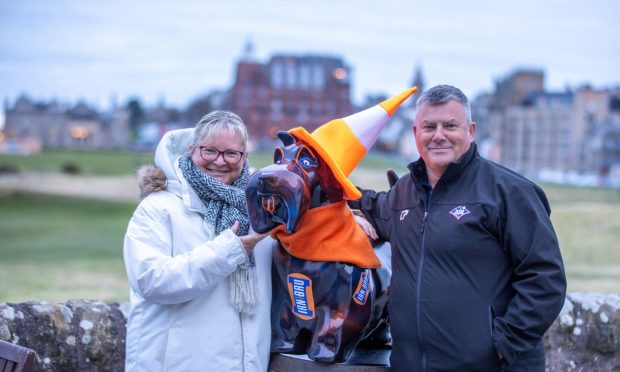As a young woman I’m often told of the best creams, serums and moisturisers to buy to prevent wrinkles in my later years.
At 25, stopping wrinkles isn’t one of the things at the top of my priorities list.
But for many, wrinkles can be a source of anxiety, low self-esteem and insecurity.
So when I saw someone my age on TikTok icing her face as part of her skincare routine, I decided to give it a try.
Here’s what happened when I decided to ice my face every day for a week.
Why should I ice my face?
The practise is recommended by Vogue, carried out by various celebrities and recently took TikTok by storm.
It is thought icing your face reduces puffiness and swelling, minimises under-eye bags and brightens your complexion, giving your skin a healthy glow.
@sugarfaceskincare #icecup #linkinbio #icetherapy #skincare #fypシ #beauty #natural #skin #acne #acneskim #acnescarring #pih #UltaBeautyatTarget #TalkCurlyToMe #tiktok
Icing can be done by literally just rubbing ice on your face, plunging your face into an ice bath, or by rubbing freezing cold products on your face, such as spoons or rollers.
Whichever way is least uncomfortable for you is the one to choose.
How do I do it?
After seeing them on TikTok, I decided to buy an icing cup – you put the plastic handle part into the cup and fill it up with water, then put it in the freezer.

Once frozen, take it out and separate the two pieces from each other.
Once separated, it should look like this.

Then, it’s just as simple as rubbing the freezing cold ice block on your face.
I tend to wait until it’s been out of the freezer a few minutes to do so, to ensure it glides across the face and doesn’t get stuck or give you an ice burn.
Maybe there’s a knack I don’t know about, but I tend to rub it in circular motions, beginning with the least sensitive part of my face.
I find starting with my forehead causes the least shock to the system, before tentatively doing my temples, nose, cheeks, chin and upper lip.
You could also do your jawline and neck (if you’re feeling brave enough…).
Once you’re finished, gently pat your skin dry with a towel and put the cup or utensil of your choice back in the freezer for using next time.
While it’s definitely difficult to get started (particularly on a cold day), your skin does get used to it and it becomes more bearable the longer you persist.
Does it work?
Well, I’ve only done it for a week so far, so I’ll have to wait a few years to see if it has kept those pesky wrinkles at bay.
However, I did find the regular icing made my face less puffy and gave my skin a healthy glow.
I usually ice my skin before bed.
But it’s a great thing to do before an event or going out for the day, for long-lasting results others will be able to see.
If you’re not afraid of a little cold and don’t mind waiting for long-term results, I’d recommend you add facial icing to your skin care routine.
Impatient and looking for something more short-term? You may just have to chill…












